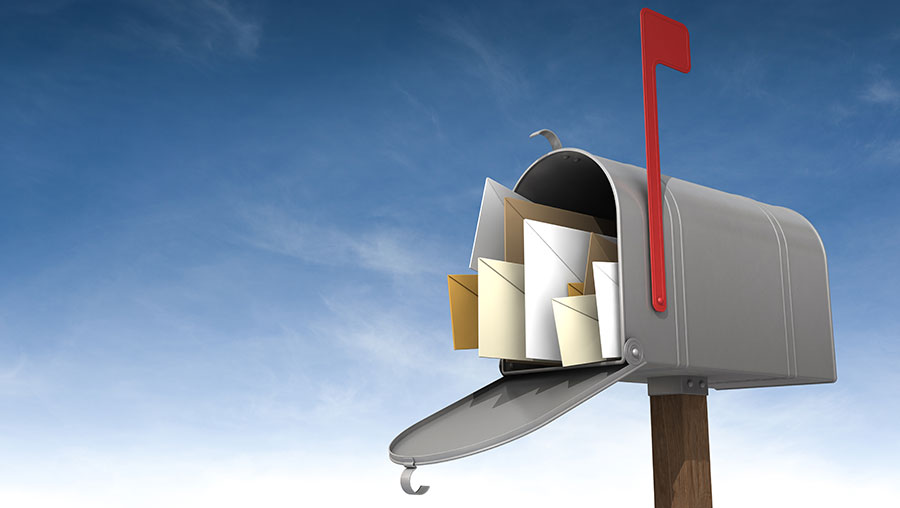Personal Wealth Management / Economics
From the Mailbag
In which we tackle a couple of reader questions.
Earlier this week, a couple of our regular readers pinged us with some follow-up questions on two of last week’s articles, and we suspected our broader audience might share their curiosity. So without further ado, we present you with a brief mailbag recap!
Regarding last week’s article on the UK’s new tariff schedule and free-trade talks with the EU: How much does the UK trade annually with the EU versus the rest of the world?
Alas, this question isn’t as simple as you might think, as the UK doesn’t report a geographic breakdown of its trade in services, which represented about 30.7% of total imports in 2019 and 46.7% of total exports. However, the UK does report more granular data on trade in goods, which is most relevant when it comes to tariffs. In 2019, 45.8% of UK goods exports went to the EU, with 54.2% going to the rest of the world. On the import side, 52.9% of imported goods in 2019 came from the EU, and 47.1% came from everywhere else. These numbers are all from the ONS’s March 2020 UK trade report, which you can find here if you are really into that sort of thing.
So, tying this back to the UK’s planned tariff schedule in the event it and the EU fail to reach a deal: Just over half of UK goods imports (those from the EU) would see a slight tariff increase from the current zero percent rate to WTO terms, which are still generally quite low. Meanwhile, a good share of the remainder would see a reduction.
Regarding the piece on the Fed’s expanding mandate, how exactly did the Fed become a lender to small businesses, municipalities and the like? Did it create new agencies?
Basically, yes. The municipal lending is part of the brand new Municipal Liquidity Facility (MLF). According to the New York Fed’s explainer, the Fed will create a “Special Purpose Vehicle” (SPV) associated with the MLF, then lend money to this SPV, which will use the funds to purchase up to $500 billion worth of municipal bonds from select issuers over the rest of this year. If we are interpreting all the legalese correctly, these issuers (basically cities and states) will create new bonds and sell them directly to the Fed, with set criteria determining the interest rate. If you are curious, you can get the many details here.
As for small business lending, it will happen through the shiny new Main Street Lending Program (MSLP), which encompasses three new facilities. They are the aptly named Main Street Loan Facility (MSNLF), Main Street Priority Loan Facility (MSPLF) and Main Street Expanded Loan Facility (MSELF). This program also creates a new SPV, to which the Fed and Treasury will lend funds. Small businesses seeking these funds contact an eligible lender, which issues the loan and then sells a majority stake in that loan to the Fed. The stakes are 95% for the MSNLF, 85% for the MSPLF and 95% for the MSELF. If you are curious about the differences among these three facilities, you can check the FAQ here, but in general, they serve to help businesses of varying creditworthiness. In doing so, the Fed is more or less following the same approach it used in 2008, when it created SPVs to acquire a wide range of assets from non-bank issuers. It is just doing so on a much larger, broader scale.
If you would like to contact the editors responsible for this article, please message MarketMinder directly.
*The content contained in this article represents only the opinions and viewpoints of the Fisher Investments editorial staff.
Get a weekly roundup of our market insights
Sign up for our weekly e-mail newsletter.

You Imagine Your Future. We Help You Get There.
Are you ready to start your journey to a better financial future?

Where Might the Market Go Next?
Confidently tackle the market’s ups and downs with independent research and analysis that tells you where we think stocks are headed—and why.





